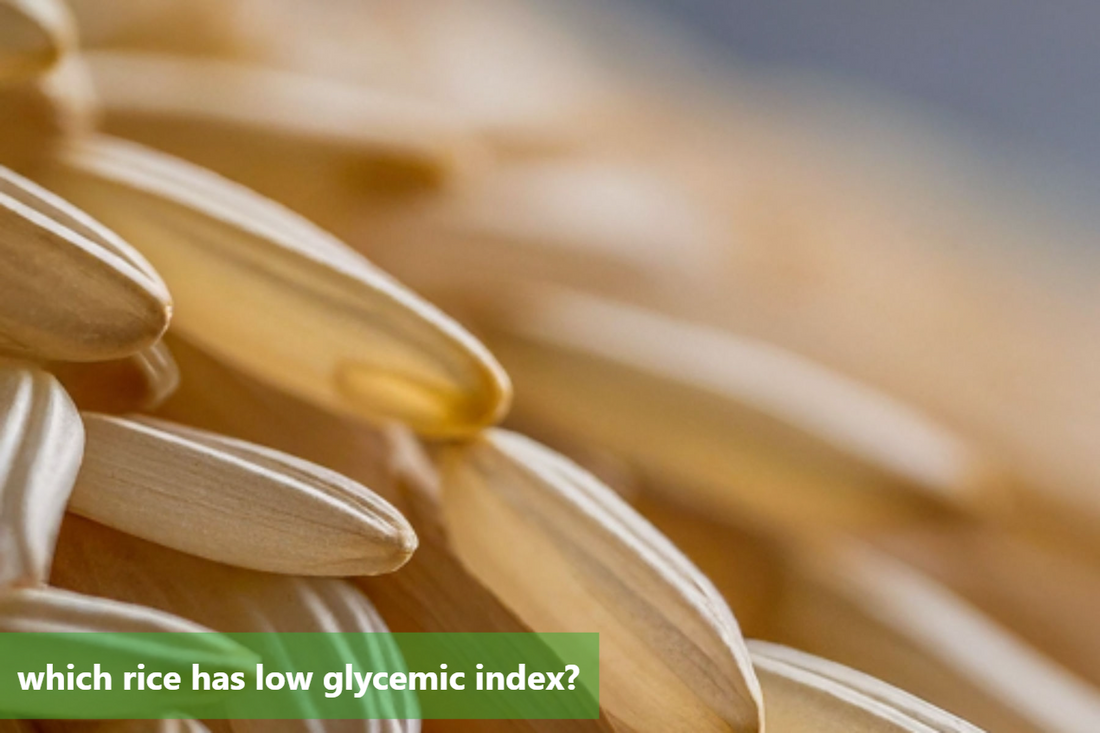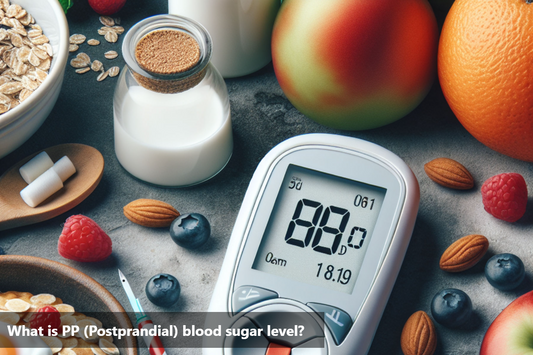The glycemic index (GI) measures how quickly a food raises blood sugar levels. It's crucial for managing blood sugar and preventing conditions like diabetes. Understanding the glycemic index of rice is essential as it can impact overall health. Choosing rice with a lower GI can help manage blood sugar levels and improve overall health. It's important to consider the impact of different rice varieties on blood sugar levels and health when making dietary choices.
Understanding Low Glycemic Index
Low glycemic index (GI) indicates how food affects blood sugar levels, important for diabetes management and weight control. Choosing low-GI foods, such as rice, helps stabilize blood sugar and energy levels, promoting fullness and consistent energy. Additionally, rice with a low GI provides essential nutrients, supporting overall well-being and potentially reducing chronic disease risk. Opting for low-GI rice is vital for informed dietary choices, positively influencing health.
Types of Rice and Their Glycemic Index
Understanding the impact of rice on our health involves considering the glycemic index (GI) of different varieties. GI measures how quickly carbohydrates enter the bloodstream, affecting blood sugar levels. This comparison helps us make informed choices for our well-being.
Brown rice is known for its higher fiber content and lower glycemic index compared to white rice. This makes it a favorable option for individuals seeking to manage their blood sugar levels. The GI index for brown rice ranges from 50-55.
White Rice
White rice, on the other hand, has a higher glycemic index due to the removal of the outer bran layer during processing. The GI index for white rice varies from 70-87.
Both basmati and jasmine rice generally have a lower glycemic index compared to regular white rice. Basmati rice has a GI index of around 50, while jasmine rice has a GI index of approximately 45-50.
It's important to consider the cooking method and accompaniments in the glycemic impact of a rice-based meal. Understanding the glycemic index of different rice types helps individuals make informed dietary choices for their well-being.
Rice with Low Glycemic Index
Brown basmati rice is an excellent choice when seeking a rice variety with a low glycemic index. Known for its nutty flavor, it has a lower impact on blood sugar levels compared to white rice. Its long grains and aromatic nature make it a great option for various culinary creations.
Another great option is black rice, also known as forbidden rice. This deeply-hued rice has a mild, slightly sweet taste and a pleasantly chewy texture. Its low glycemic index makes it favorable for individuals managing their blood sugar levels. Additionally, its striking appearance can add an intriguing visual element to dishes, making it a popular choice for gourmet presentations.
Wild rice is also celebrated for its earthy, robust flavor and firm, yet tender texture. It is considered to have a lower glycemic index compared to many other rice varieties, making it suitable for those mindful of their carbohydrate intake. In addition to its potential impact on blood sugar levels, wild rice is also esteemed for its impressive nutrient profile, including essential minerals and antioxidants.
In summary, brown basmati rice, black rice, and wild rice are noteworthy choices for individuals aiming to include rice with a low glycemic index in their diets. These varieties offer diverse flavors and textures, along with potential health benefits, making them stand out in the realm of low glycemic index rice options.
Diabesmart's Low-GI Rice is a perfect blend of taste and health, specially crafted for those mindful of their glycaemic index intake. With a Glycemic Index of less than 55, this low carb rice ensures a slower breakdown and absorption of carbohydrates, helping in better blood sugar control.
To conclude:
The discussion on glycemic index and its impact on health emphasizes the importance of choosing rice with a low glycemic index. This can help manage blood sugar levels effectively, prevent sudden spikes in blood sugar, promote sustained energy release, and aid in weight management. Varieties such as basmati rice, jasmine rice, and specific brown rice variants are favorable choices for health-conscious individuals. Selecting rice with a low glycemic index supports stable blood sugar levels and contributes to a balanced and health-oriented lifestyle, ultimately benefiting overall health and well-being. It is strongly advised to opt for varieties with low glycemic index values to maximize the health benefits of rice consumption.
DiabeSmart's Low GI Rice: The diabetic specialist rice that cooks and tastes like regular white rice. Clinically tested (GI < 55) to help manage blood sugar levels. Recommended by doctors and great for the whole family.
FAQs about Rice with Lower GI Index
Q: What is the GI index of low GI rice?
A: Low GI rice typically has a GI index of 55 or lower.
Q: Can low-GI rice help in weight management?
A: Yes, low GI rice can help with weight management as it causes a slower increase in blood sugar levels, leading to increased feelings of fullness and reduced appetite.
Q: Does low-GI rice have the same nutritional value as regular rice?
A: Yes, low GI rice retains the same nutritional value as regular rice, making it a healthier option for those looking to manage their blood sugar levels.
Q: Is low-GI rice suitable for diabetics?
A: Yes, low GI rice is suitable for diabetics as it helps in controlling blood sugar levels and reducing the risk of insulin spikes.
Q: How can I incorporate low-GI rice into my diet?
A: You can incorporate low GI rice into your diet by replacing regular rice with varieties such as basmati rice, brown rice, or converted rice.
This Blog post is an initiative by DiabeSmart, to provide accurate and Nutritionist / Doctor approved information related to Diabetes. DiabeSmart is India's first Food brand designed specifically for Diabetics, that has been clinically tested on Diabetics and Pre-Diabetics to deliver 55% - 70% lower Sugar spikes. DiabeSmart is part of Lo! Foods - India's leading brand for Everyday Functional Health foods.















